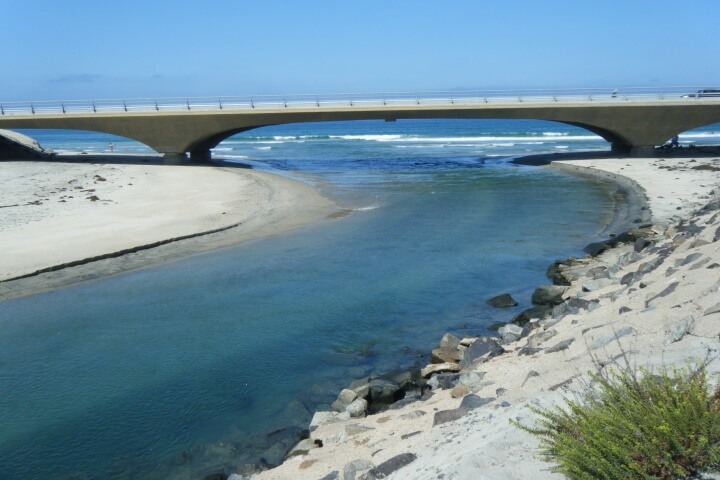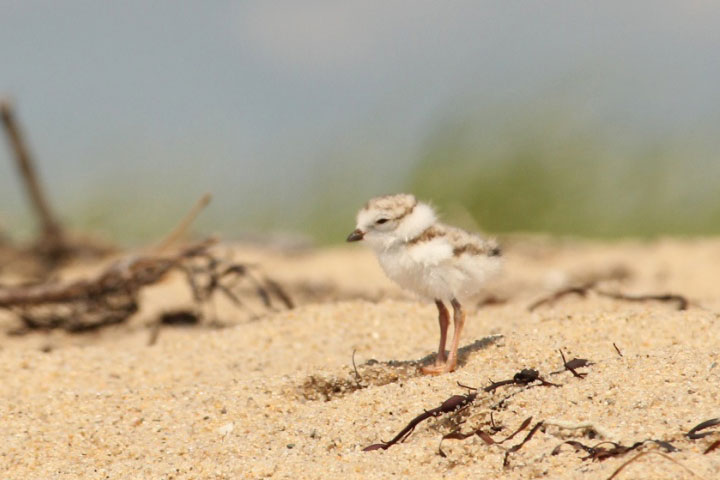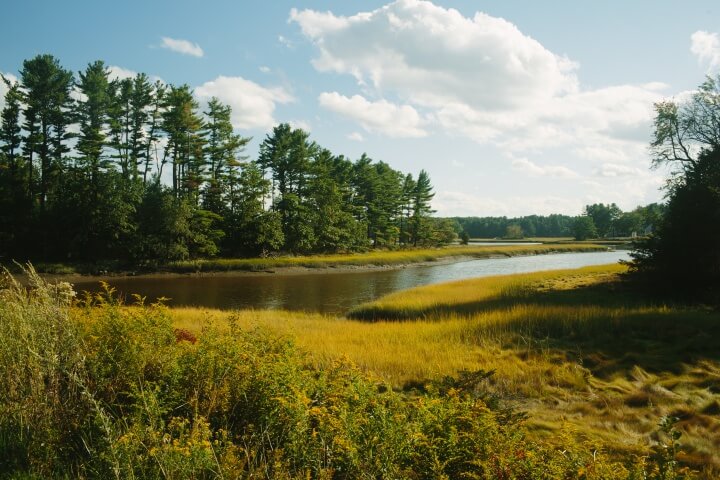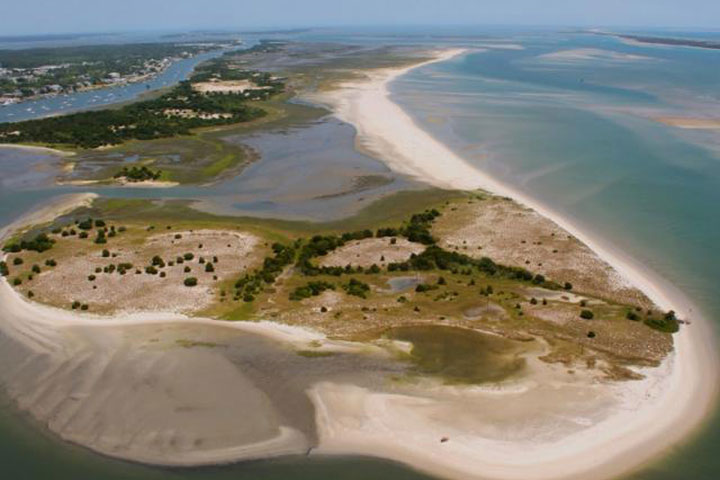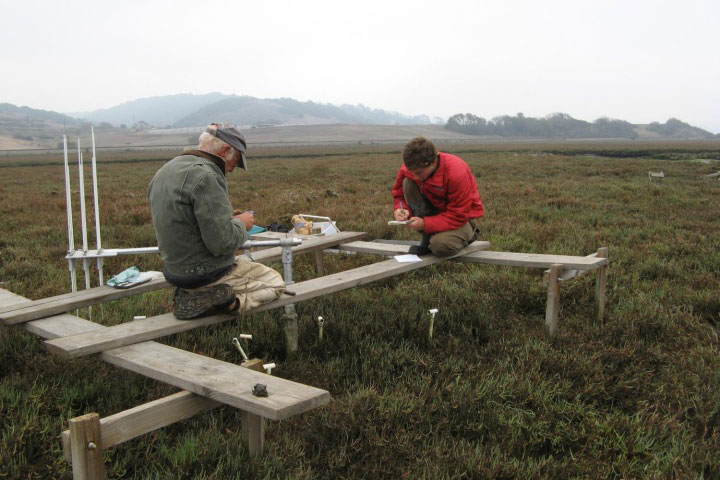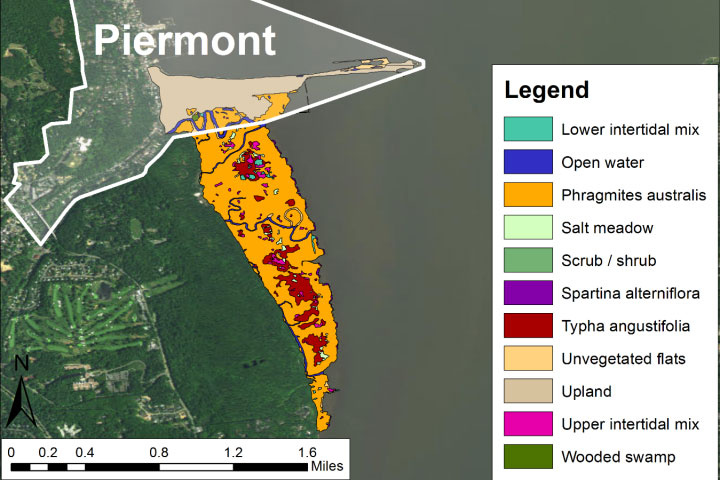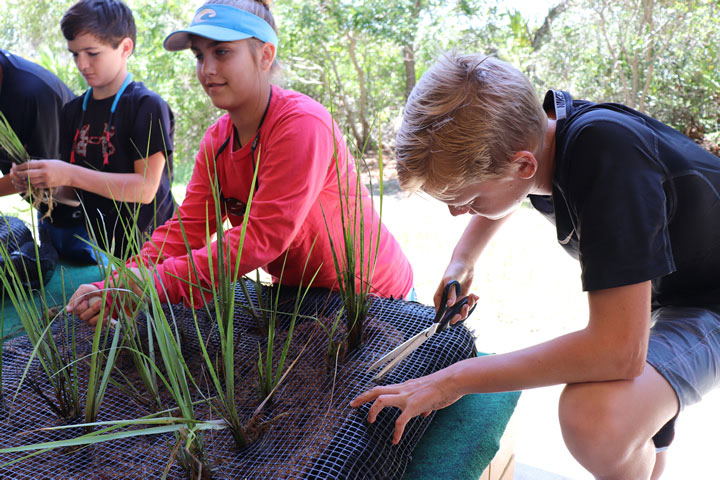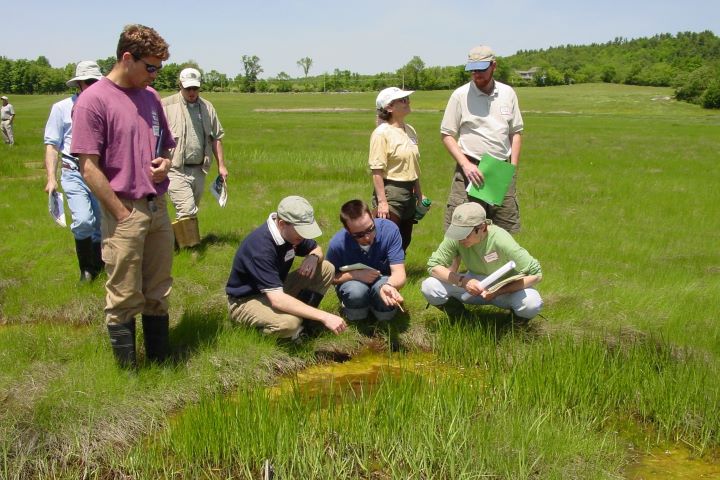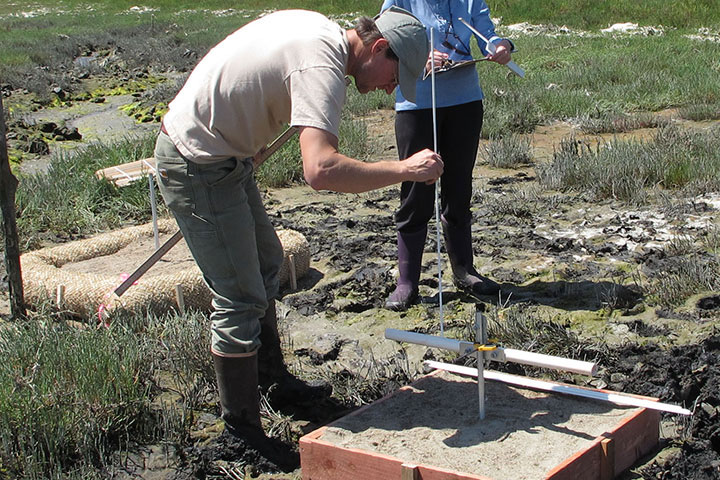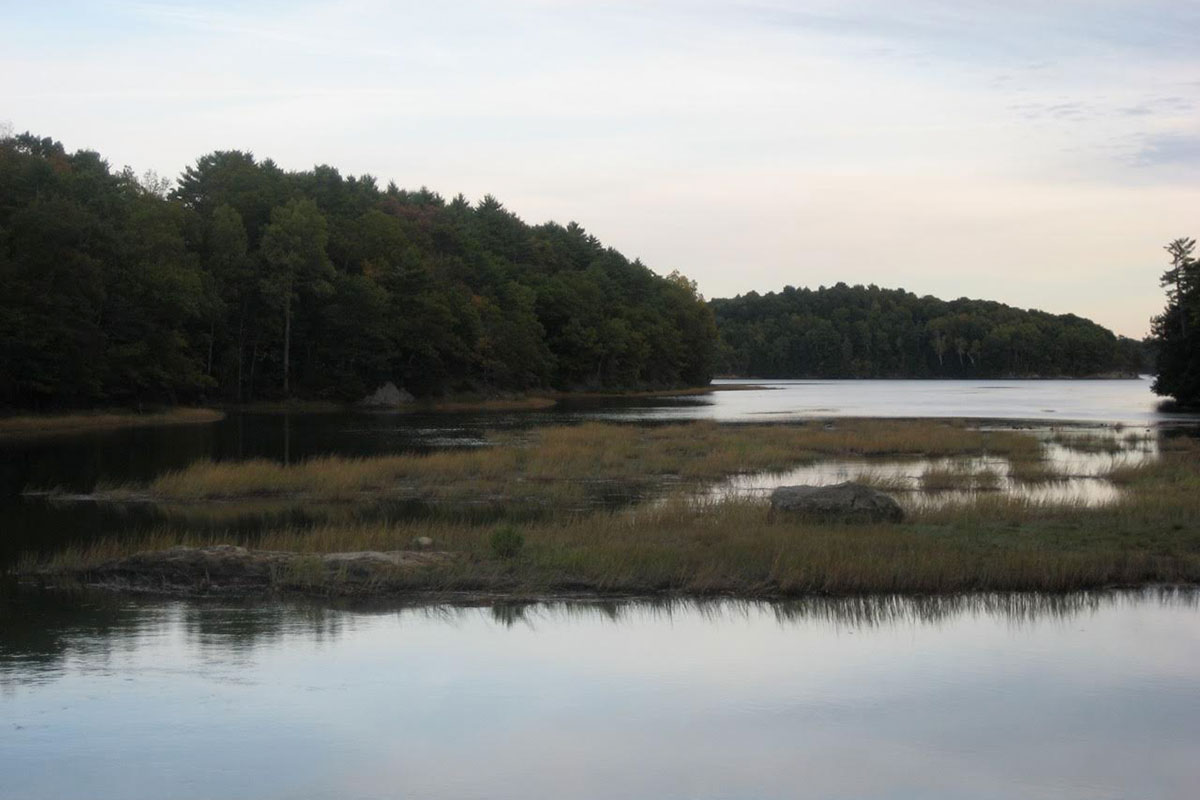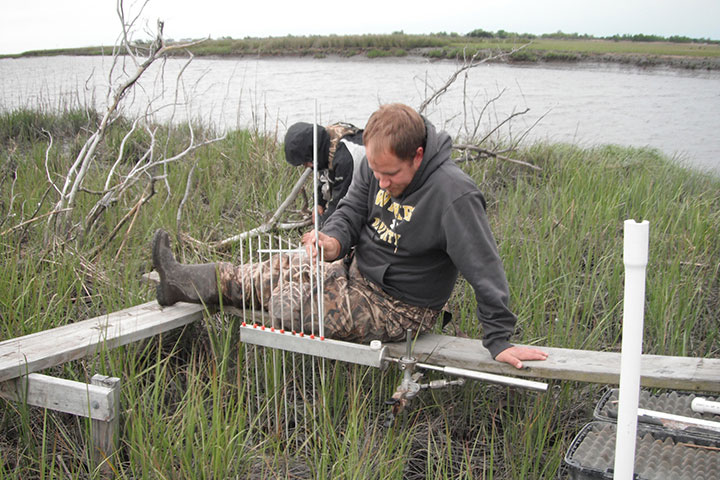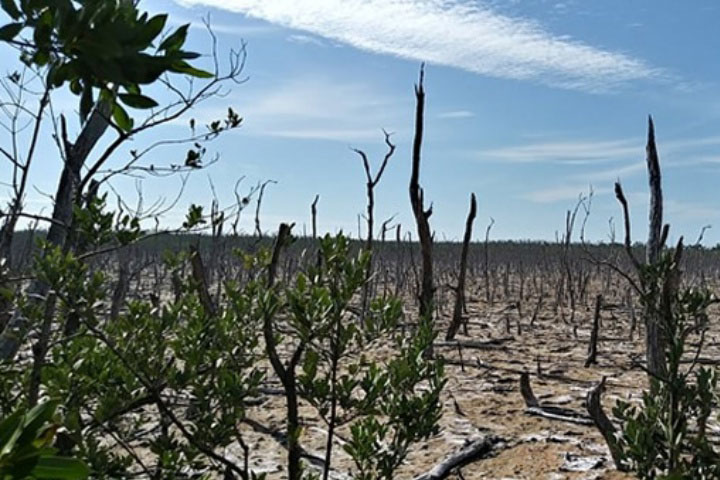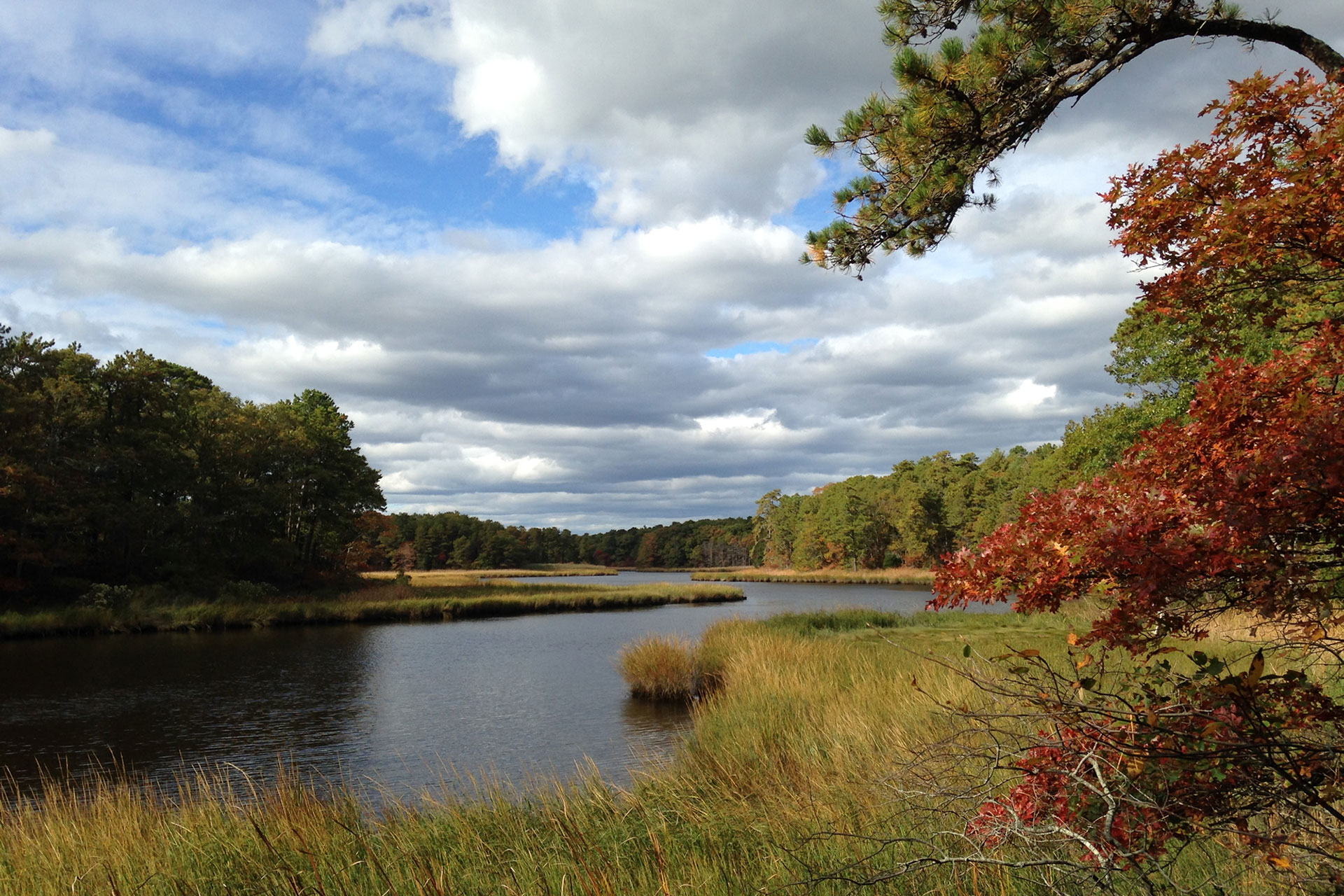Collections (beta)
Collections (beta)
These collections showcase interrelated NERRS Science Collaborative projects. Select a collection below the map to read more and see the map update with interactive elements.
Please use this Google Form to provide questions or comments on this page.
Click tiles below to display project collections. View project pages to learn more.
Since 2015, the Science Collaborative has supported a range of projects looking to better understand the local impacts of climate change on coastal habitats, and to assess how management actions may influence a habitat’s ability to withstand or adapt to these impacts. The projects to date, shown on the map below, span a broad range of geographies, reserves, and topics, generally fall into one of three categories:
- Assessing wetland vulnerability with new tools;
- Developing and assessing wetland restoration techniques; and
- Promoting greater awareness of the importance of tidal wetlands.
To date, similar work in this area has also included projects focused on living shorelines and blue carbon.
Monitoring and Management of Lagoon Mouths in Southern California
Students explore how management decisions affect water quality
Audience: grade 6-8 classrooms
Resources: lesson materials and graphs
Part of a project that analyzed long-term monitoring data about the impacts of management decisions on the health of Southern California’s coastal lagoons, this project updated the middle school curriculum, Don’t Shut Your Mouth.
Spreading the Seeds of Estuary Health
Students grow marsh grasses to help restore shorelines
Audience: K-12 classrooms
Resources: teacher training and greenhouse supplies
This project leveraged lessons learned through two existing programs in different regions and helped 18 schools set up greenhouses to grow and transplant marsh grasses onto degraded shoreline sites.
Partner Reserves
- ACE Basin, SC
- Guana Tolomato Matanzas, FL
- North Carolina
- North Inlet-Winyah Bay, SC
- Sapelo Island, GA
